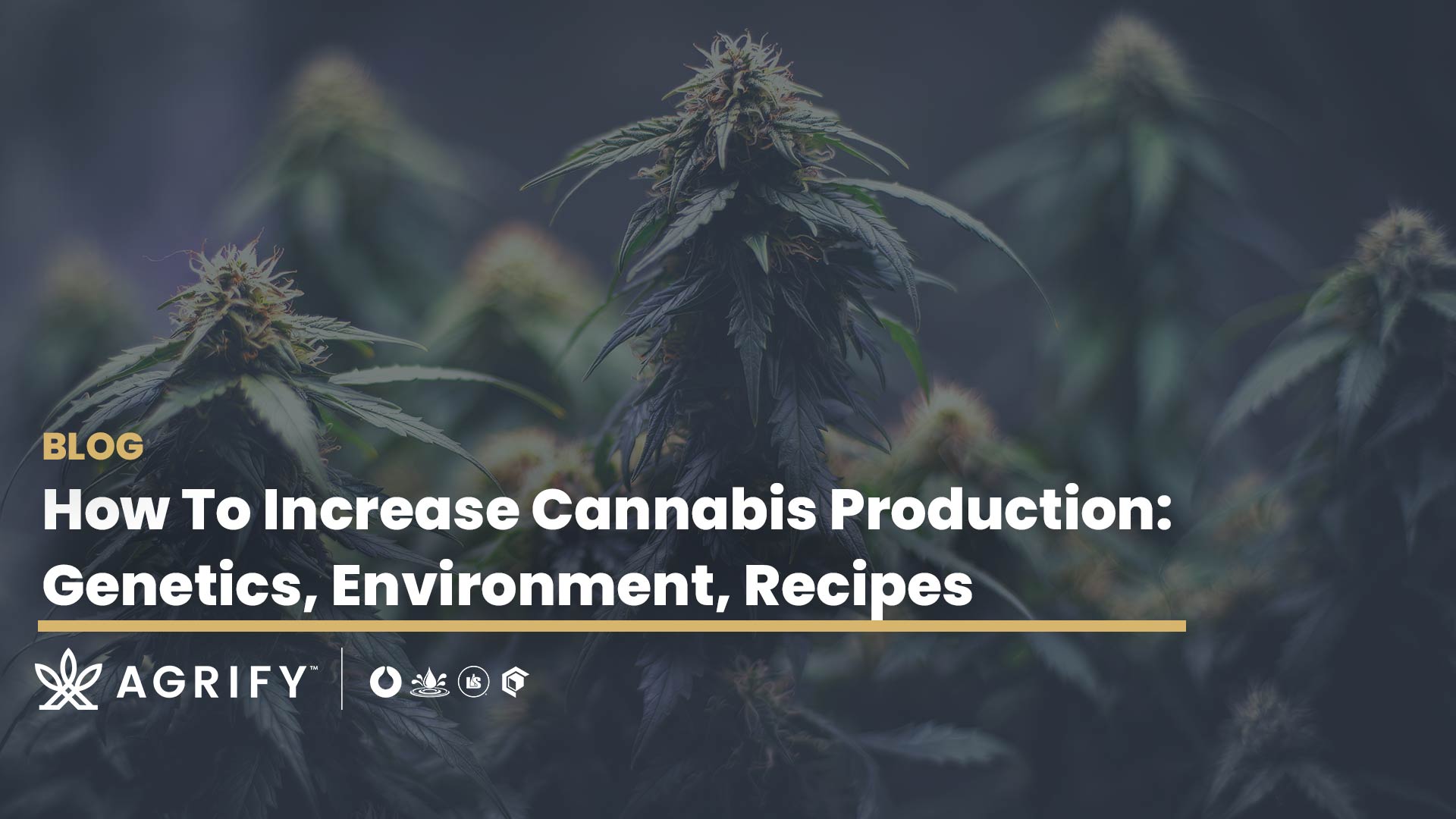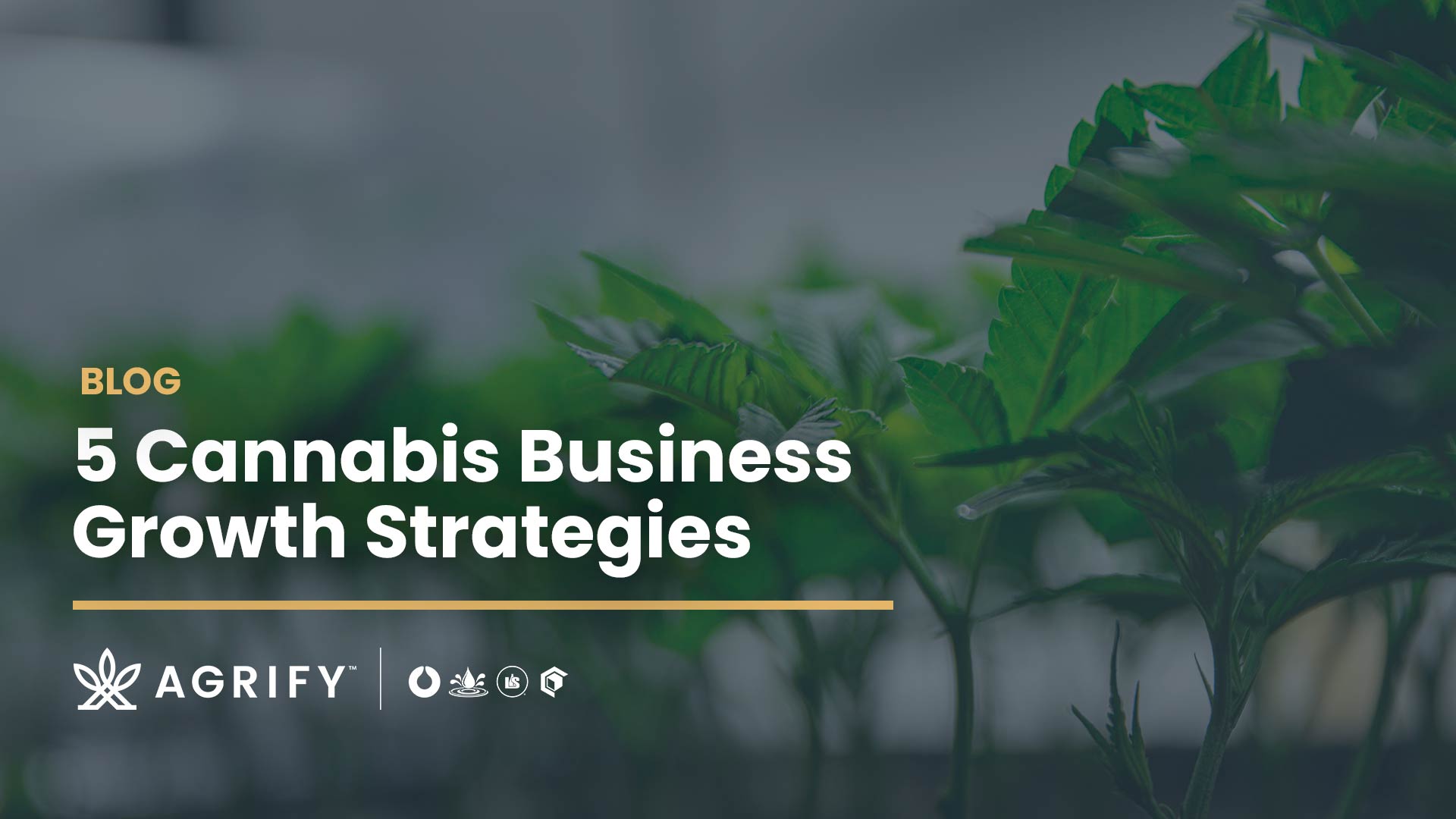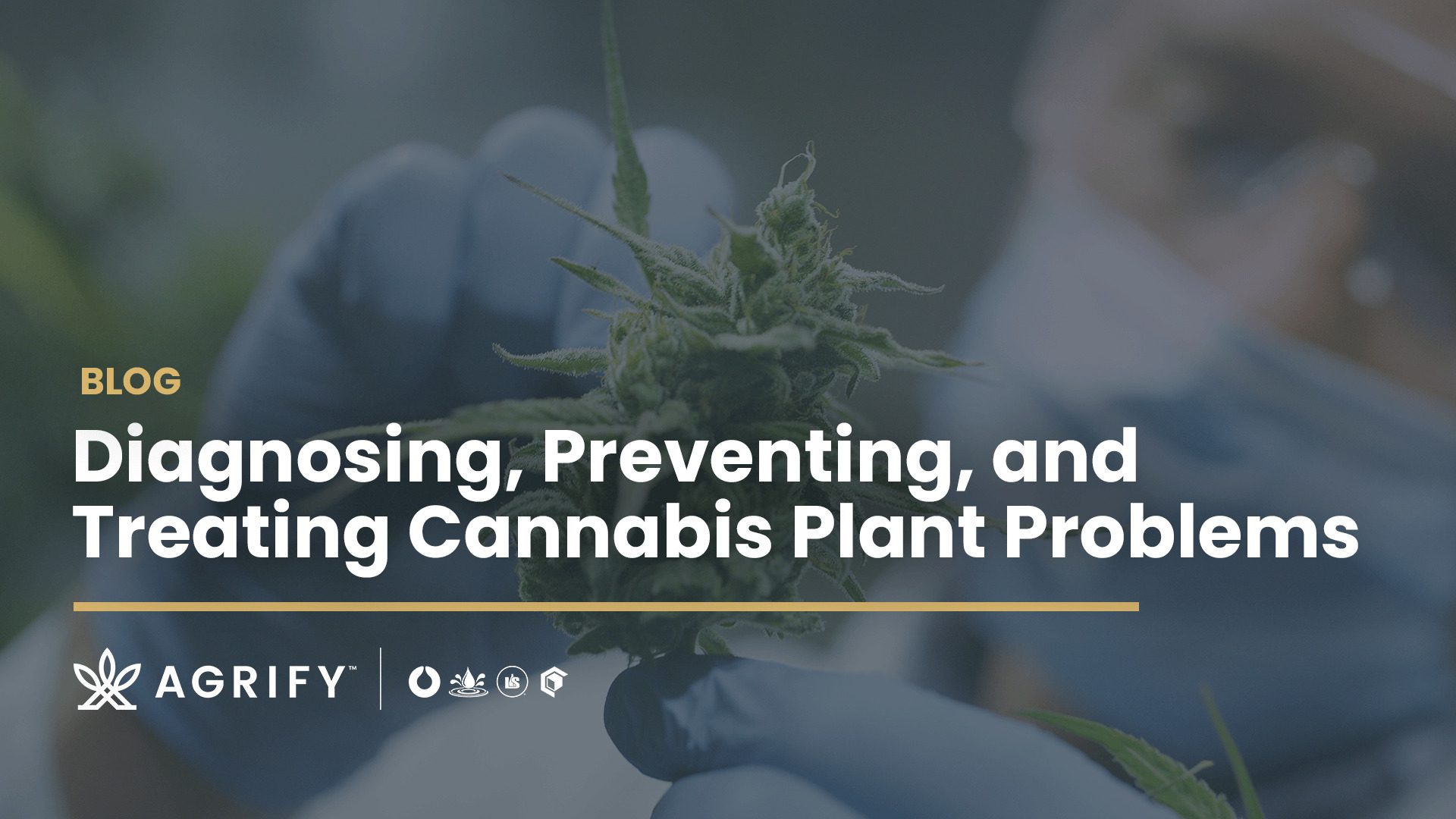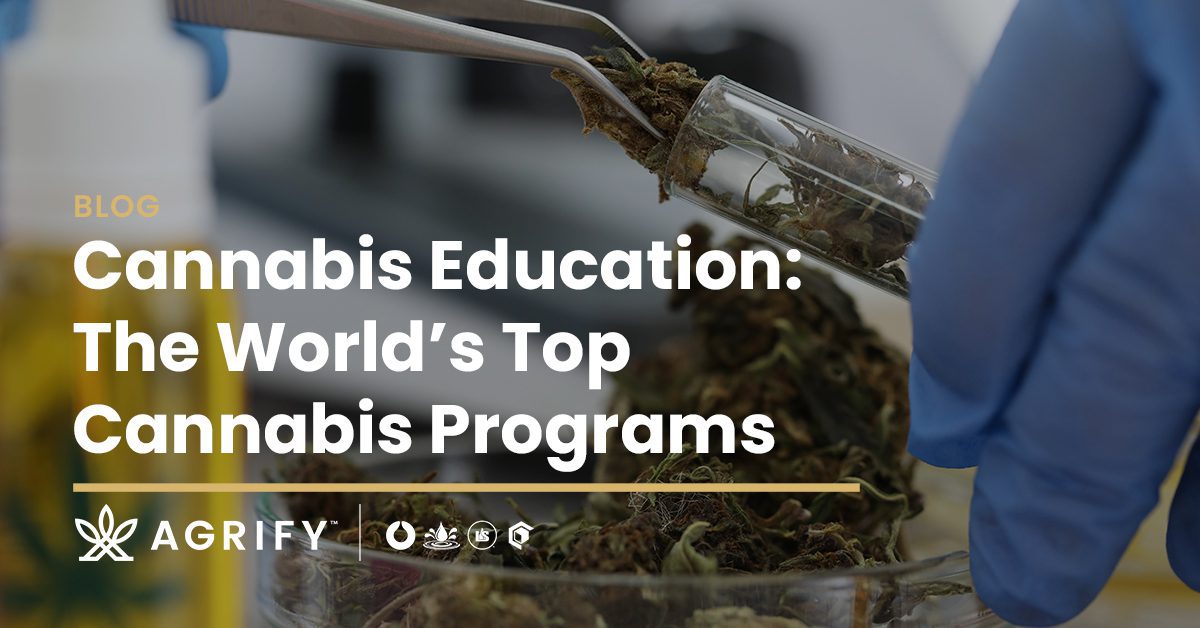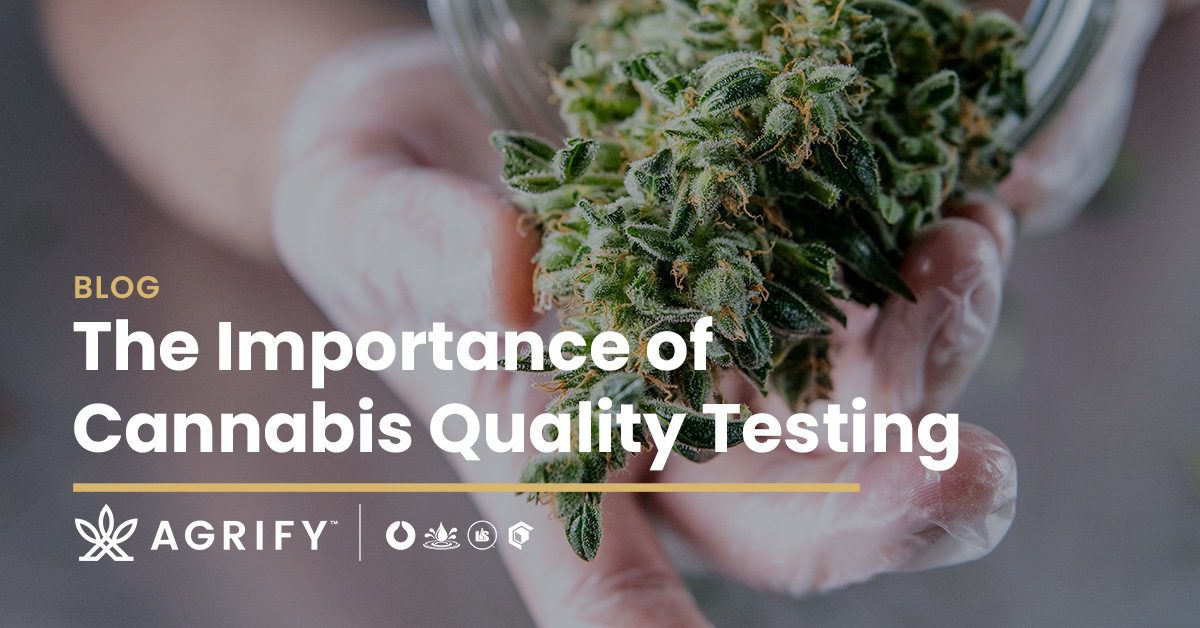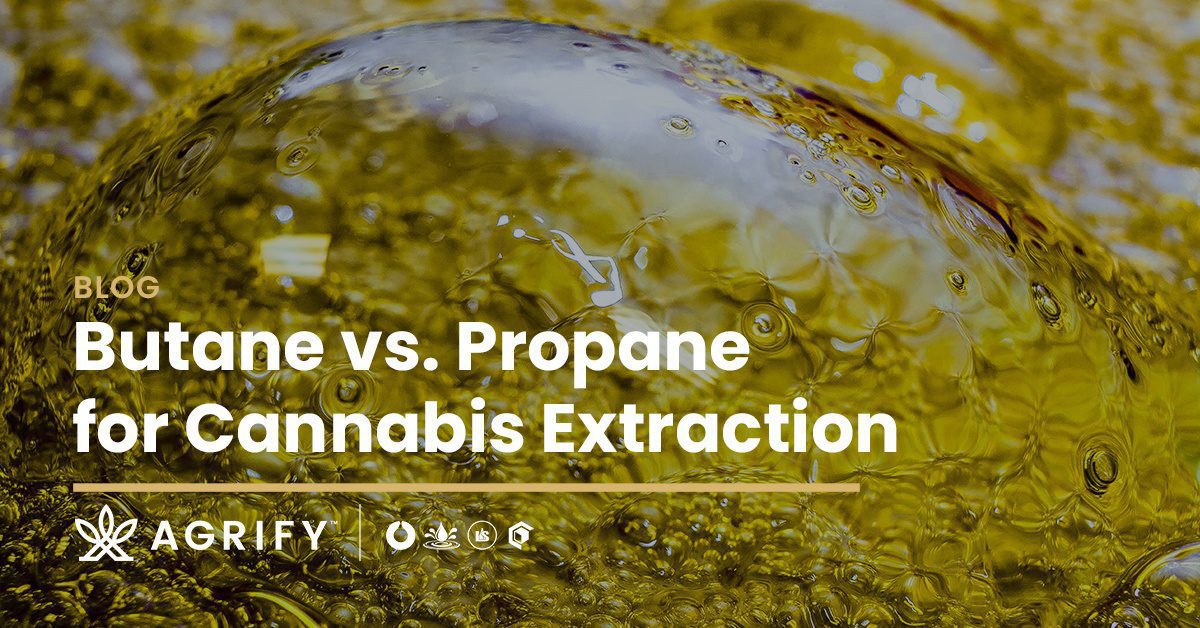There’s more than one way to measure cultivation success. It’s not just about total annual yields anymore. Yield per square foot, turns per year, consistency between harvests, and reduced overhead are just a few examples of how cultivators are improving the quality of their products and the profitability of their business model.
Setting different key performance indicators (KPIs) for cannabis helps shape company outcomes. Structured cannabis KPIs help growers delve into the factors that measure success in ways beyond simply the volume produced.
But in today’s competitive marketplace, what KPIs count?
Why Cannabis KPIs Matter
KPIs allow businesses of any type, size, or organizational structure to understand whether or not their business is operating successfully. Setting KPIs helps businesses define goals, measure actions, and ensure processes are working. Cultivation facilities are no different than any other business in this regard.
Importantly, KPIs look different to each cultivation facility. Because each cultivator has its own goals within a regulatory environment and the landscape varies from state to state, there’s no one definitive, overarching KPI. The goals for each establishment do vary.
KPIs can be broken down into two broad categories: yield and profits. Cultivators can measure their success by the harvest and/or by the overall financial goals. There are many options within both of those broad categories.
These broad categories will be broken down into more specific goals and likely refined for each department.
To help keep things clear, we’ve created this list of KPIs cultivators can consider as they measure what success looks like in their operation.
Plant Performance KPIs
Plant performance KPIs measure each harvest against overall facility goals.
Overall Yield
Among the most common KPIs, yield is a powerful number. How much cannabis was produced by room, by Vertical Farming Unit (VFU), by quarter, by cultivar, or by square foot?
Will you define this by fresh or dried weight? Will you divide this into graded bud quality (A, B, C)?
Refine the equation as much as possible for specific, numbered total yield measures. Combined with market value for the products you produce, yield-based KPIs help you determine overall profitability in relatively straightforward terms.
Tracking pounds of dried cannabis flower yielded per square foot of canopy space is a common way to determine whether your facility meets or exceeds industry standards. However, any method is valid as long as you keep it consistent.
Phytocannabinoid and Terpene Profile
We’d argue that just as important as yield is the quality of that harvest. Phytochemical consistency between crops of the same cultivar is a mark of quality that improves market value, brand reputation, and future-proofing.
The two parameters for consistency are cannabinoid profile and overall content, combined with terpene profile and content. With these molecular compounds clocking in at similar levels from harvest to harvest, buyers learn to rely upon your product for a predictable and repeatable experience. However, these all-important phytocannabinoid and terpene levels are not easy to control, making this a challenging KPI for cultivators to use to define success.
Tracking this KPI requires careful environmental data collection and monitoring. As growers know, there are dozens of factors in the grow room that influence the phytocannabinoid and terpene content of the flower. Software like Agrify Insights can track more than 1.5 million data points each year, per VFU. All this information shapes the cultivation environment, crop after crop, in a highly consistent and repeatable manner.
Agrify has a proven track record for improving inter- and intra-crop cannabinoid and terpene consistency. As per a recent case study with a commercial grower in North America, the complete Agrify Solution reduced cannabinoid variation to 0.38 percent across ten harvests. Terpene variation across the same test was down to 0.2 percent.
It’s a testament to what a highly controlled environment can do for consistently improving crop quality and meeting even the most challenging cannabis KPIs.
The Value of Financial KPIs
Commercial cannabis cultivation is not cheap. However, a robust set of KPIs based around financial parameters can go a long way to improving profitability year after year.
Overall Cost
How much does it cost to produce every pound of flower? How much are you spending on labor, utilities, facility, and other inputs, per every pound harvested? To determine this, cultivators typically measure the costs incurred to harvest cannabis.
While there will always be some fluctuations (market prices) out of your control, there are always ways to reduce operational expenditures without compromising flower quality. Because in the cannabis world, it’s a numbers game. Even cents shaved off every pound add up to big savings at the end of the year.
Electricity and Energy Costs
Energy is an essential component of indoor cannabis production, yet exorbitantly expensive, especially for some regions. Just take a look at what’s happening in Denver. Understanding the footprint of your facility can help manage that resource and keep that necessary cost down as low as it can possibly go. Calculating the number of kilowatt-hours (kWh) consumed per square foot is a vital figure to know, monitor, and cap.
Notably, this may be a regulatory requirement in some states. Several have instituted kWh caps per square foot to alleviate the burden cultivation facilities place on the energy grid.
Some ways to control skyrocketing energy costs are to switch to energy-efficient LED lighting, use other energy-efficient equipment, and explore LED rebates that can help you recuperate some of the costs to make the switch to this type of equipment.
Materials Inputs
The cost of water, soil, nutrients, and other materials necessary for cultivation contributes to overall costs. While not as great an expense as energy, materials costs still add up, especially if you calculate over a facility’s lifespan.
Therefore, implementing KPIs around materials and supplies per square foot (or similar) will reduce the spending on these products without impacting quality. The net result can help your facility meet the financial goals necessary for profitability.
Agrify Makes it Easy to Meet Cannabis KPIs
Information and data are the building blocks for formulating, monitoring, and beating KPIs. With Agrify’s VFUs and Agrify Insights, you have the tools at your fingertips to glean insight into every corner of your facility.
Agrify’s VFUs are fully contained controlled environment agriculture modular structures. Each VFU is a fully isolated micro-environment that allows maximum control over all inputs and is predictable for outputs. This translates to unprecedented control over the factors necessary to shape phytocannabinoid content and yield. Pre-outfitted with sensors that deliver data points to the Agrify Insights software, VFUs get to work from the moment they’re installed. Plus, as a vertical solution, they automatically increase your yield per square foot by up to six times.
No matter how you plan to measure your facility’s success, Agrify can help you get there with the data and environmental control necessary. Schedule a consultation to learn more about how Agrify can help you shape, meet, and exceed your KPIs.
